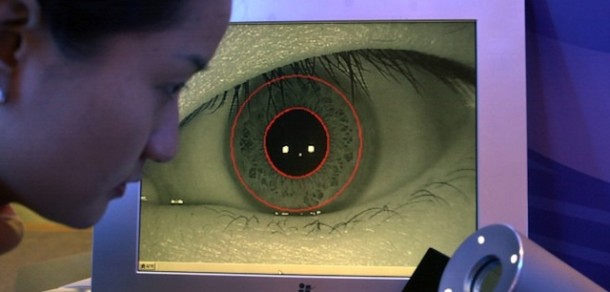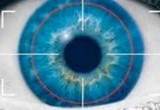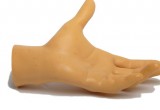Biometrics conference holds competitions for iris sensors, liveness detection
22 May, 2013
category: Biometrics
The IEEE-sponsored BTAS 2013 — Biometrics: Theory, Applications and Systems — conference is an event that seeks to further the technology and its use cases. While the conference enables experts to submit papers, demoes and exhibitions, it’s also sponsoring biometric competitions.
The 2013 installment of BTAS will feature two open competitions, the Cross Sensor Comparison competition and the Liveness Detection — Iris Competition.
The Cross Sensor Comparison Competition seeks to respond to the iris sensor market, particularly as it relates to enrollment data collected using pre-existing sensors. This cross-sensor comparison issue is the inspiration for the competition and will see participants assemble data from the LG2200 and LG4000 sensor models in particular.
Competition organizers have previously collected data sets from these sensors and have matched them against a baseline using in-house iris recognition software. Results of this have indicated that there is a noticeable performance drop when the sensor model differs from enrollment and iris image acquisition.
The goal, then, for the Cross Sensor Comparison competition is to identify those algorithms that do not demonstrate a drop in performance, thus identifying a more robust solution.
The second competition, Liveness Detection, is geared specifically toward presentation attacks, or the fraudulent use of iris biometrics. Presentation attacks occur when the user disrupts the biometric sensor in order to conceal their identity or to pose as someone else.
Liveness detection is the method of detecting fraudulent use of artificial biometric data. The competition will challenge participants to compare and test the various methods of Liveness Detection in an attempt to identify the most effective solution.
While there is no promise of certification of the winning solution, the competition will certainly act as a springboard for further academic and industrial research in the area.
Primarily a research conference, BTAS’ scope is hopes to make advancements in signal processing, image processing, pattern recognition as well as develop statistical and mathematical methods and algorithms that will facilitate the biometric market. The conference will also examine and analyze specific applications as well as perform an analysis of the social impact of biometric technology.
BTAS also covers the gamut of biometric modalities including voice, fingerprint, iris, ocular, face, handwriting, gait as well as a host of multi-modal solutions and new, novel solutions.
Initially formed in 2007, the upcoming BTAS conference will be the sixth installment of the IEEE-sponsored event. The 4-day conference will take place September 29 through October 2 in Washington, D.C.



